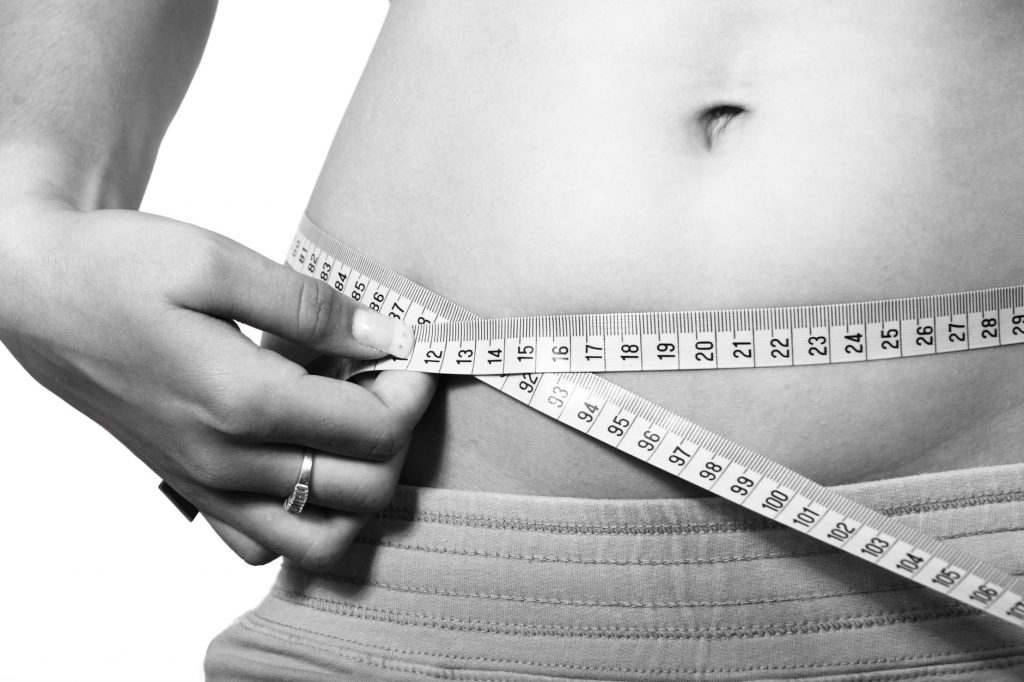Many fitness enthusiasts find themselves postponing their Fitness Connection classes because of their stiff hips. That’s a real shame because regular and proper exercise has many benefits but who can blame them?
The hip joint should be among the most mobile and flexible in the body but when you can’t move it without experiencing pain, then it’s time to take action! Keep in mind that your hips serve as the anchor between your lower and upper body, as well as drive many of your everyday movements from walking to squatting. So, if you have stiff hips, you will have increased difficulty in these areas, as well as suffer from knee and back pain (i.e., your body compensates for the reduced functioning of your hips.
Here are two exercises that you can try to make your hips stiff no more.
Hip Rotations
Keep in mind that your hip joint is, at its core, has a ball and socket design so it loves circular movements. Hip rotations are among the best – safe and effective – exercises for stimulating your hips’ natural movement. These exercises are also important in teaching your hips about regaining control over its three-dimensional space.
- Get on the starting position – get on your hands and knees.
- Be sure to maintain pelvic and spine neutrality to prevent further injuries.
- Bring your right knee forward and take it out to your side; follow an imaginary arc.
- Reach your right knee around behind into an extension.
- Reverse your movements but move slowly; control your movements, too.
- Do these steps for your left knee.
Aim for five rotations in each direction on each hip for best results.
Wall Hinges
You can do wall hinges either at home or in the gym – and it’s one of the reasons why you have no excuse not to do the exercise!
- Begin by facing away from a wall. Be sure that you are about a foot away from it.
- Reach your sit bones by getting heavy on your heels and perform a wall hinge.
- Avoid rounding in the back by thinking about getting tall through your spine.
You may have to increase or decrease your distance from the wall depending on whether you can do the wall hinge safely and effectively. Keep in mind that you want to get to the end range of your capacity for balance – move a little bit forward if you can reach the wall but you don’t fall into it; move backwards if you fall into the wall.
Aim for 8 wall hinges at the end of your range. Increase it to 12 when you’re more comfortable.
